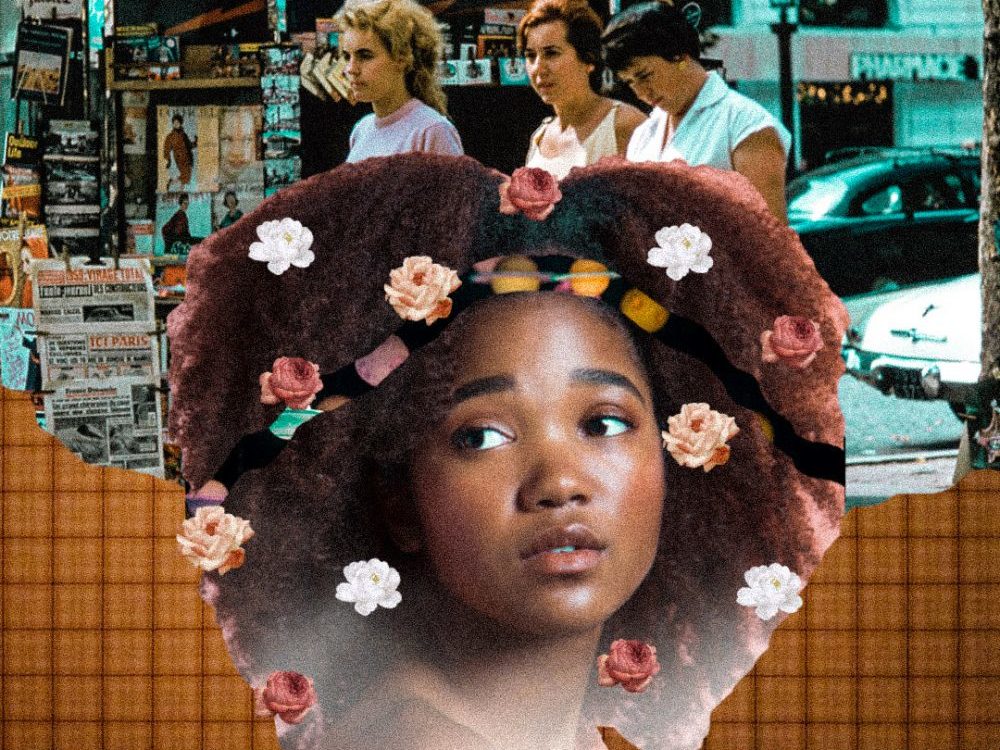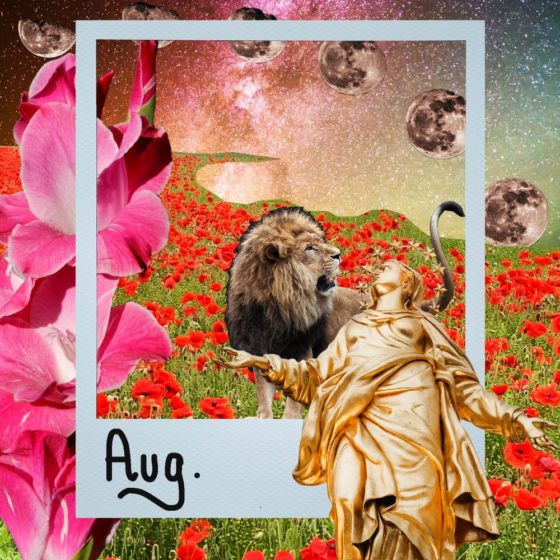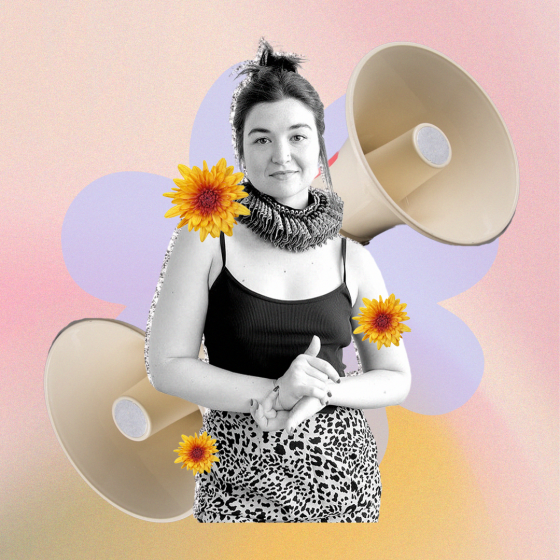The main apps I use on a daily basis are Twitter and Instagram. I’ve been using Twitter for years so it feels almost natural now. I’ve had Instagram for ages too, but I often feel that I have to perform on my profile. I randomly re-downloaded Snapchat the other day, as I was going through some old memories on my phone and couldn’t help but notice how free I appeared in those videos – I wanted a little piece of that back, perhaps I could channel some of that energy into my Insta profile.
I’d describe myself as goofy and playful, but that side of myself rarely shows itself on the ‘gram. There’s a ‘cool girl’ stereotype to be adhered to, reinforced by the fashion and beauty influencers with thousands of followers. You know how it goes, the girl – who appears to be “pretty”, of course – takes nice pictures but is aloof and doesn’t show much of her personality. Which is why I tend to hold parts of myself back. I used to post videos of myself speaking passionately about a topic or being playful with my friends, but as my followers have increased I have begun to censor myself.
Psychotherapist and founder of Insideout_uk, Vanessa Boachie says she feels a pressure to act a certain way on her profile. “A lot of people only put up the best parts of their lives. That’s where the comparison comes in,” Vanessa says.
As someone with an anxious attachment style, which means I’m quite insecure, I’ve noticed how reliant I can be on social media validation.
She also notes that our interactions with social media rely heavily on our attachment styles. Our attachment styles seek to explain the way we interact and behave in relationships based on the relationship we had with our parents as children. The three main attachment styles are secure (in other words, not worried about rejection), anxious and avoidant (craves freedom). As someone with an anxious attachment style, which means I crave closeness and intimacy and am quite insecure, I’ve noticed how reliant I can be on social media validation. “There’s a lot of research that suggests there’s a link between attachment type and the way that people interact with social media itself. So, for instance, if you’re someone who has a secure attachment type, you may not necessarily feel those pressures as much. However, if you’re someone with an anxious attachment type, where you’re fearful of knowing what’s happening next, then that would mean that you’re more likely to actually yield to those pressures online as well.”
A study in 2018 found that those with anxious attachment styles are more likely to overuse social media to gain comfort and belongingness. This attachment style is linked with the need for social validation which could then lead someone to be less like their real selves online purely for likes.
Twenty-three-year-old blogger and journalist Minou Itsel, known as Mimi, echoes this. She often feels anxious. “I do have a lot of self-doubt and I do get quite anxious. Before I post an article, I get my mum or my cousins to read over my work multiple times.”
Mimi has noticed that she feels that she’s had to dim down her personality so people take her seriously. “Especially as a Black woman in the music industry. I don’t want to be seen as an unserious person or unprofessional. I’m trying to find a balance of being myself online while being professional.” Mimi tells me.
In contrast, 23-year-old fashion and beauty influencer, Simi Adegbite, intentionally tries to be herself. “I am myself without shying away. So even if I feel down, I talk about it or just express that. I never want to come across as someone who’s ‘perfect’,” Simi tells me.
I am a perfectionist, though, so posting something on Instagram takes a lot of thought and effort. The app is all about aesthetics, so there’s an expectation that whatever you’re posting or saying has to be of the highest quality. “When we look at perfectionism, it’s usually fuelled by external validation, the desire to gain the approval of other people. And depending on what you’re building, whether it’s a brand or a business, you want to get more customers, people interacting, more engagement. So, that, again, can be what is at the forefront of your mind,” explains Vanessa.
There’s also pressure to have a certain amount of followers, which in turn affects how you behave online as you’re essentially trying to get your brand to appeal to the most number of people. You can have a successful business or brand, but the reality is most people value social media accounts with a high follower count. Which is where social media currency comes in. Social media currency refers to how much value we place on a brand or person.
“A £10 note is literally just plastic paper and whatever materials that they’ve used to put it together. But as a society, we have placed monetary value in that paper and plastic and whatever materials they’ve used,” Vanessa explains. “The same way, as a society, we’ve placed value on things such as likes and followers – that’s social media currency. If someone has 10,000 followers and someone else has 100, automatically people tend to think that the person who has 10,000 followers is more valuable than the person who has 100.”
Simi feels that there’s pressure for influencers to have a specific type of look. “Business wise, I believe there tends to be a particular aesthetic that brands are looking for. Sometimes I ask myself, do I need to make my page look like this person’s so that I can get collaborations? But I think if a lot of people are gravitating towards a certain aesthetic you need to question whether that’s something on-brand for you. For me, it’s been battling with finding the right aesthetics and not comparing myself too much to others,” she tells me.
Mimi says that as a Black woman she feels an additional pressure. “As there’s a stereotype of being an angry Black girl or being overly sensitive, we feel that we have to brand ourselves in a way that makes us more inviting. Everything has to be done properly.”
If people are going to be engaging with me, I want them to engage with who I am not someone I’m pretending to be.
Nevertheless, I’m now taking active steps to ensure my personality comes out more on Instagram. Whether that’s posting more videos of me being goofy or a picture without make-up, it’s important for me to be myself. If people are going to be engaging with me, I want them to engage with who I am not someone I’m pretending to be. “You have to remember that you just need to be true to yourself because the people that you’re putting on a pedestal are probably not even being truthful,” Simi tells me.
And according to Vanessa: “Self-awareness is your superpower. It’s literally the foundation of everything that you do. Being yourself online is about knowing who you are, knowing your values, knowing what’s meaningful to you. And then using that awareness that you have of yourself to plan how you interact with social media,” Vanessa adds.
For me, being yourself online means not holding back or caring about how you come across. This isn’t an easy thing to do but I believe it’s important to be carefree online.
I know who I am and I know I want that person to come through more – the people who get on board with that will stick around, so goodbye to anyone who doesn’t.









